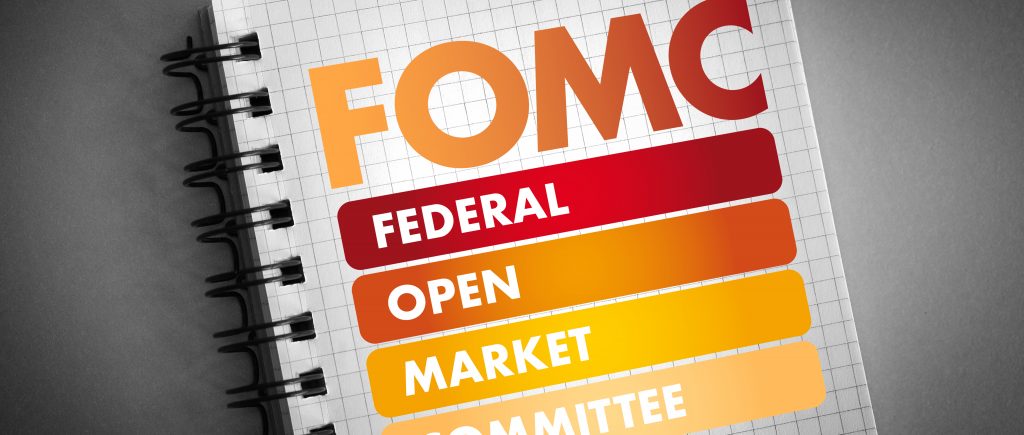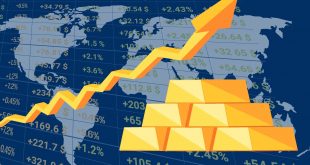Since the Fed is projected to maintain interest rates in the range of 5.25%–5.50% for the fourth consecutive meeting, no policy changes are anticipated. The news conference by Chair Jerome Powell will be crucial. Investor attention will be focused on any possible rebuttal to market conjecture about rate reductions.
Financial markets have rallied on bets that the US central bank is plan to lower rates three times in 2024. Since the Fed’s December meeting, the 30-year fixed-rate mortgage has dropped by more than a quarter of a percentage point, so customers in the credit market will benefit from this anticipated financial easing.
Policymakers have been attempting to shift markets to the opposite direction away from cut bets since their last meeting, with investors now expecting the Fed to cut rates in May instead of March, and the FOMC decision, for January is expected to remain unchanged.
However, Fed is expected to massively unwind its benchmark interest rate this year, pricing in 1.5 percentage points of cuts by December 2024. Experts say that this is unlikely to come to fruition, as inflation is moving in the right direction but still above the Fed’s 2 percent target.
Fed Chair Jerome Powell will act as a mediator between the Federal Open Market Committee’s voting members and will also communicate on their behalf. The vote on interest rates by rotating regional Fed bank presidents (Loretta Mester of the Cleveland Fed, Thomas Barkin of the Richmond Fed, Raphael Bostic of the Atlanta Fed, and Mary Daly of San Francisco Fed) occurs during the first meeting of the new year.
These policymakers have been outspoken in their opposition to rate cuts; Daly, in particular, has said that it is too soon to anticipate rate decreases. Bostic anticipates that in the third quarter, interest rate reductions would begin by policymakers. Mester believes that March is too soon to lower rates since more research is required and restrictive measures will be required.
Inflation rose 3.4% from a year ago in December, down from a 9.1% peak in June 2022 but picking up the most speed in three months. Core prices rose 3.9% from a year ago, faster than most economists projected. The Department of Commerce’s personal consumption expenditures index has indicated faster improvement, with prices rising 2.6% from a year ago in December and core prices climbing 2.9%, the smallest since March 2021.
However, consumer spending rose 2.8% as core inflation matched the Fed’s 2 percent target for the second straight quarter. The goal of combating runaway inflation is on its way to being accomplished from the Fed’s perspective, with cautious optimism that both economic growth and inflation will remain positive this year.
Officials haven’t yet indicated how low they believe inflation will have to fall before they feel comfortable cutting interest rates — a question Powell will undoubtedly be pressed to answer.
The Fed is considering a ‘soft landing’ approach to its interest rate policy, following a slowdown in inflation. Economists suggest that the Fed might feel safe following inflation down by the time core prices hit 3%, which was projected by KPMG’s Yelena Maleyev by May 2024.
However, core prices reached that level last month. Officials may also want the slowdown in inflation to look more convincing first, as improving supply chains and a growing labor force might not take much more of the edge off of inflation moving forward. Restrictive interest rates will now have to play a “central” role in getting the job done.
Disinflation is expected to lose some momentum, with services up 5.3 percent when excluding energy, and gasoline prices falling almost 35% since peaking in June 2022. The Fed’s decision to follow inflation down and slowly cutting rates differs from the past two rate-cutting cycles, as unemployment has held at historically low levels, growth is robust, and consumers are looking past higher interest rates, inflation, and the return of student loan payments.
Fed Governor Christopher Waller sees no reason to move as quickly or cut as rapidly as in the past, as good policy is based on data and not hope. The Fed doesn’t want a replay of the 1970s-era stop-and-go policies that later exacerbated inflation enough for Chair Paul Volcker to self-inflict a recession. Officials may be inclined to move faster if inflation decelerates more quickly.
In order to preserve its credibility as a combatant of inflation, the Fed is thinking about lowering interest rates. The primary benchmark will continue to be stringent, which will reduce demand and lead to slight drops in borrowing costs. Before their meeting in March, officials will examine data on jobs, inflation, and CPI while keeping all options open.
Eliminating expensive debt, taking advantage of 0% interest balance transfer offers, and refinancing into fixed-rate debts should be the top priorities for consumers. The economy is not indicating a need for rate cuts.
 Noor Trends News, Technical Analysis, Educational Tools and Recommendations
Noor Trends News, Technical Analysis, Educational Tools and Recommendations





